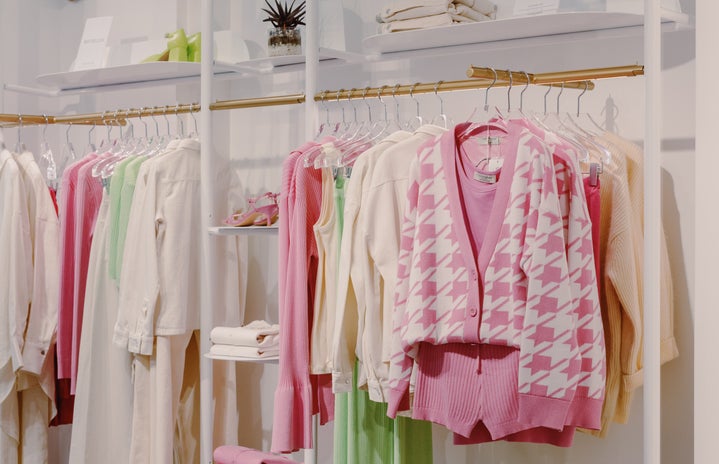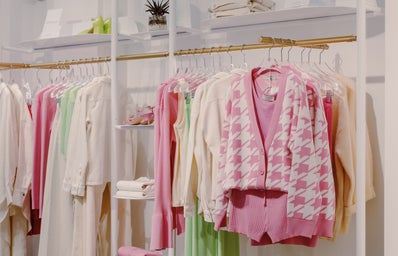In the fashion industry trends tend to be cyclical. Styles and features from the past often make comebacks in fresh, contemporary forms. We can currently see a trend in the fashion world to return to old aesthetics and a deeper appreciation for true vintage, which marked the perfect pathway for the return of kitsch aesthetics, particularly within the context of Y2K and archive fashion. But what exactly is kitsch, and why is it making a triumphant return?
“Kitsch”, a term of German origin, essentially refers to art, objects, or fashion that is considered “tacky, gaudy, or in bad taste”, often characterized by excessive sentimentalism or ostentation. It has its roots in the early 20th century and gained notoriety during the mid-20th century as a backlash against the seriousness and austerity of modernist art and design (take, for example, Marcellus Coolidge’s “Dogs Playing Poker” (1894)).
Fast forward to the early 2000s, and Y2K aesthetics emerged as a bold and extravagant reaction to the minimalist and grunge styles of the 1990s. Y2K fashion was all about vibrant colors, metallics, bedazzles, and an celebration of the upcoming technology and the digital age. Elements such as holographic fabrics and playful motifs dominated the scene, making it a fertile ground for kitsch to flourish.
The resurgence of kitsch in Y2K aesthetics in the modern fashion industry can be attributed to a few key factors:
- Nostalgia: Nostalgia has a powerful influence on fashion trends. As millennials and Gen Zers reminisce about their early experiences with technology (like digital cameras), pop culture, and fashion, Y2K aesthetics evoke a sense of sentimentality, and communicate a yearning of the newer generations to re-invent their childhood and teenage years.
- Rebellion against minimalism: Y2K fashion rebels against the minimalist aesthetics that dominated the previous decade. It’s all about embracing excess, loud patterns, and over-the-top designs. What was once considered tacky or lacking in taste, is now becoming the new cool.
- Individuality and self-expression: Kitsch allows for a playful and expressive form of fashion that encourages individuals to embrace their unique styles, breaking free from conformity. The current wave of kitsch aesthetics invites the individual to explore fashion in a more personal way, combining elements that may have been overseen in the past, looking beyond external criticism, and embracing one’s personal take on fashion and experimentalism.
Today, we see the revival of kitsch in the fashion world in various forms. Oversized rhinestone accessories, platform shoes, bold animal prints, and shiny, iridescent fabrics are just a few examples. Y2K aesthetics, with their love for all things unconventional, provide the ideal backdrop for kitsch to shine.
Fashion designers are also capitalizing on this revival, incorporating kitsch elements into their collections. Brands are reimagining the extravagant, transforming their collections into statement pieces that resonate with a new generation. As we embrace the quirkiness and boldness of kitsch within the context of Y2K fashion, it’s clear that this trend is more than just a passing wave; it’s a reflection of a new mindset that is inclined towards creativity, a celebration of individuality, and an invitation to be more self-expressive through fashion.


